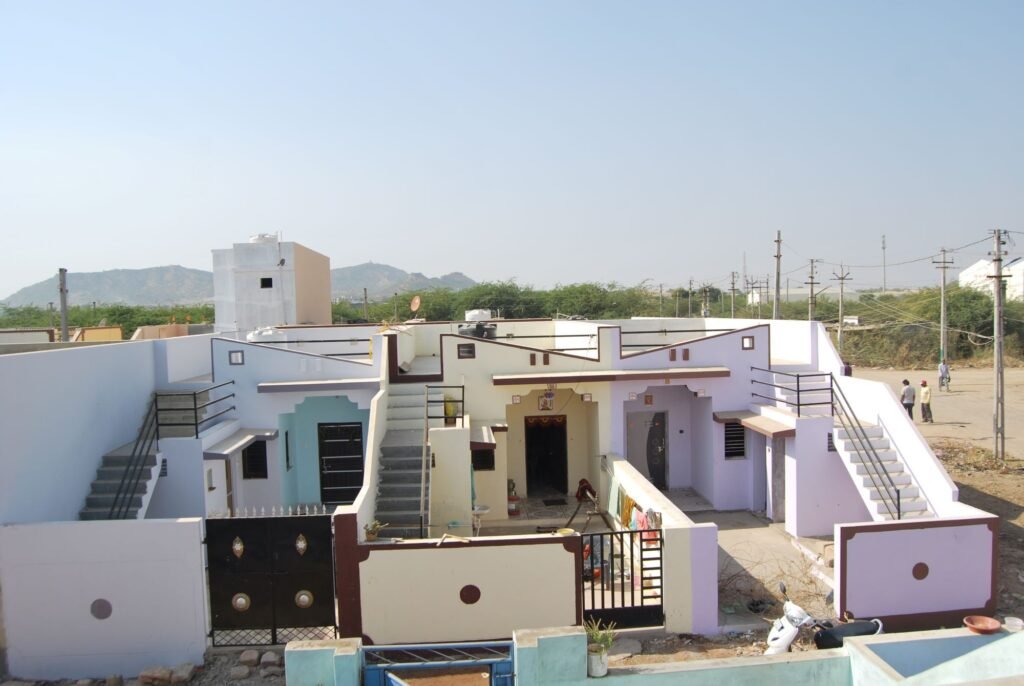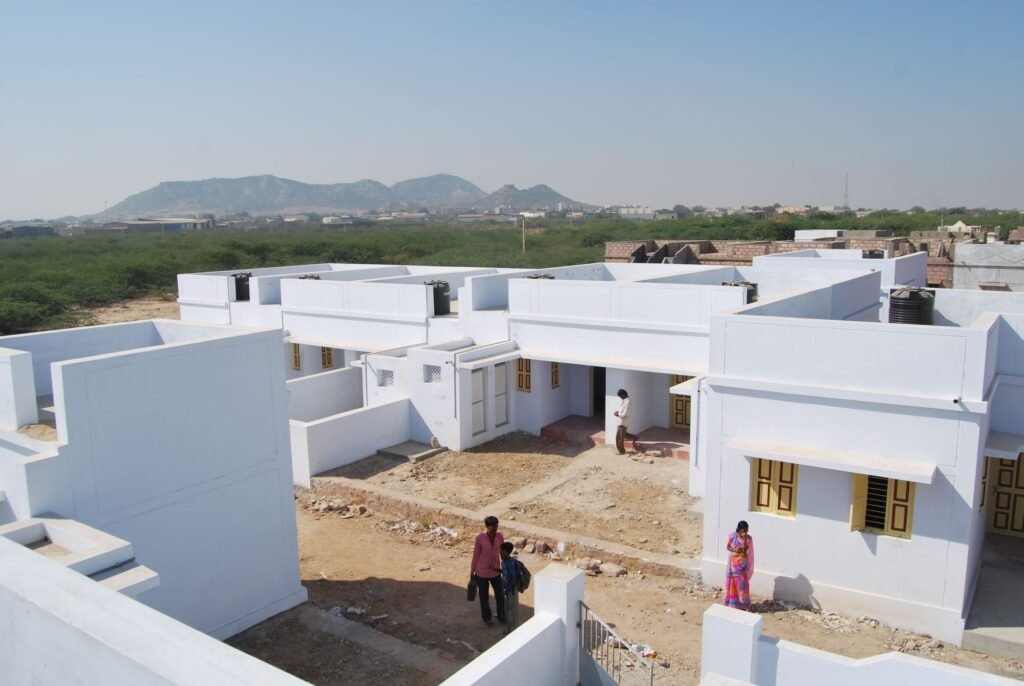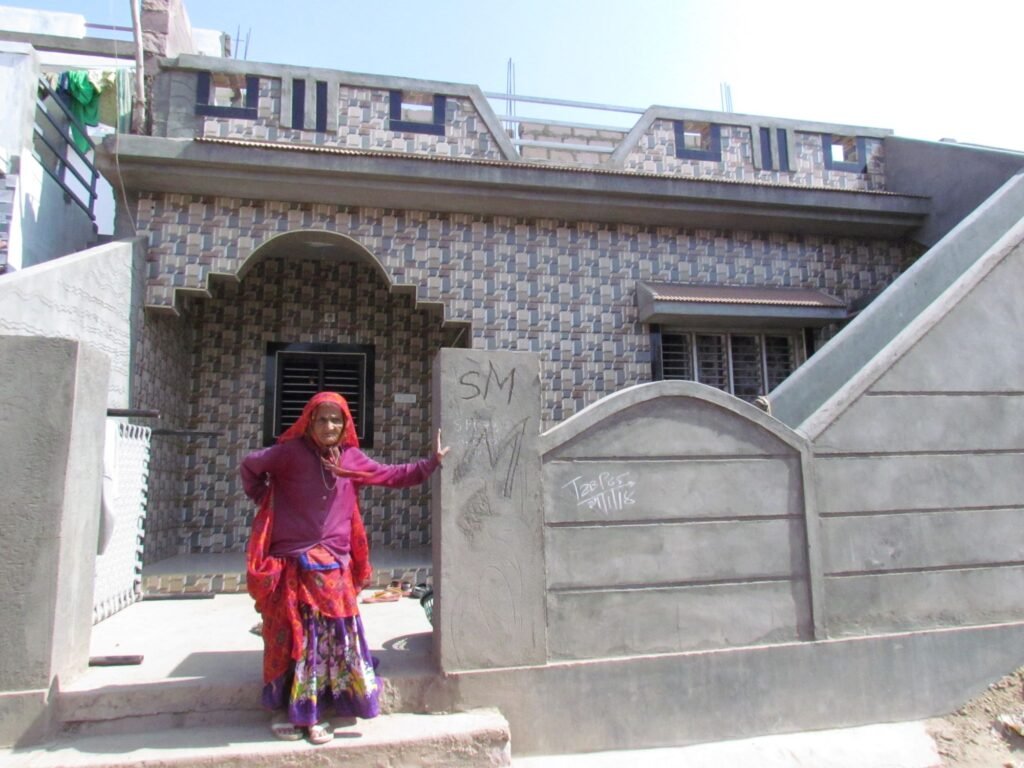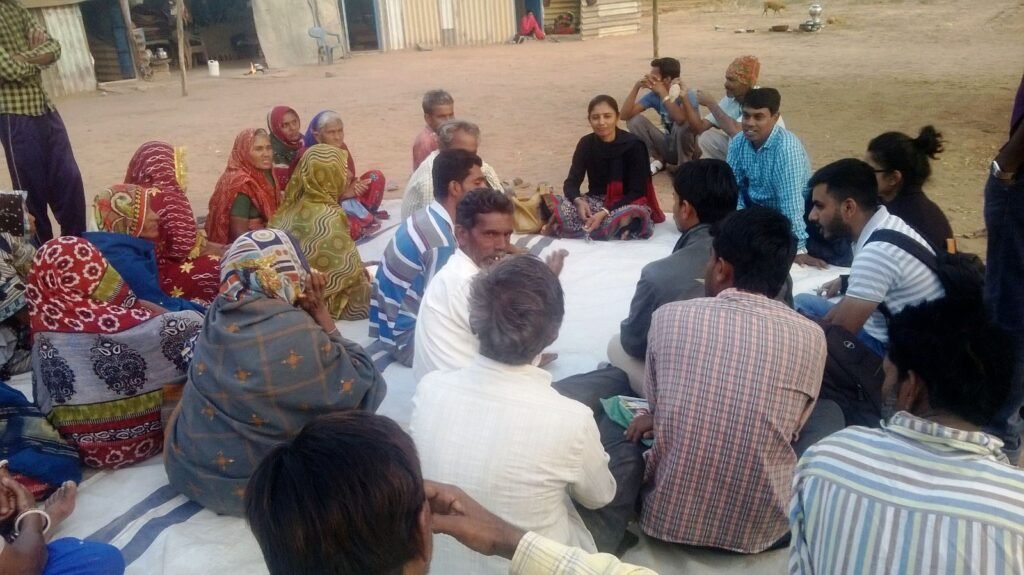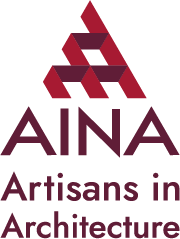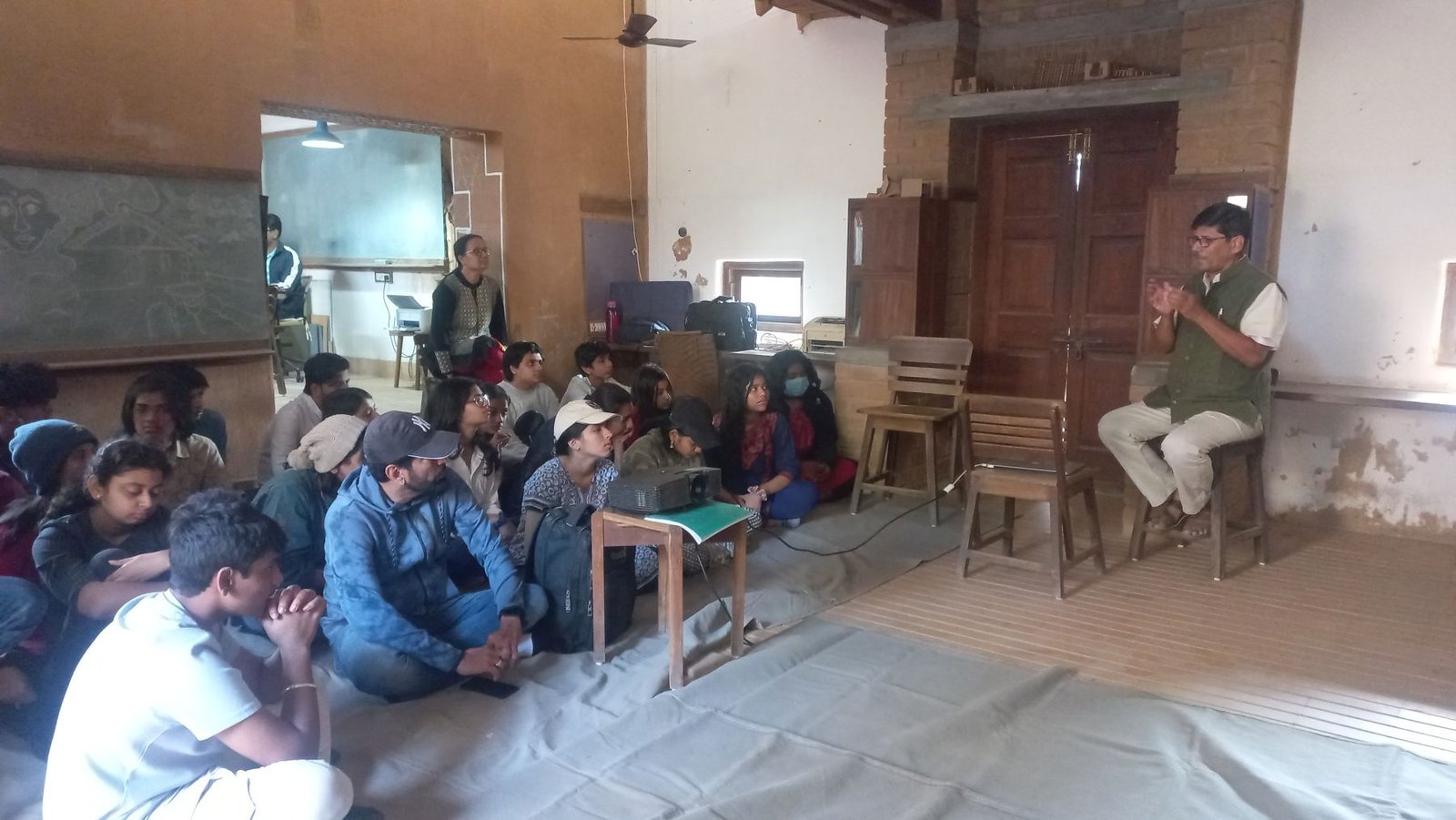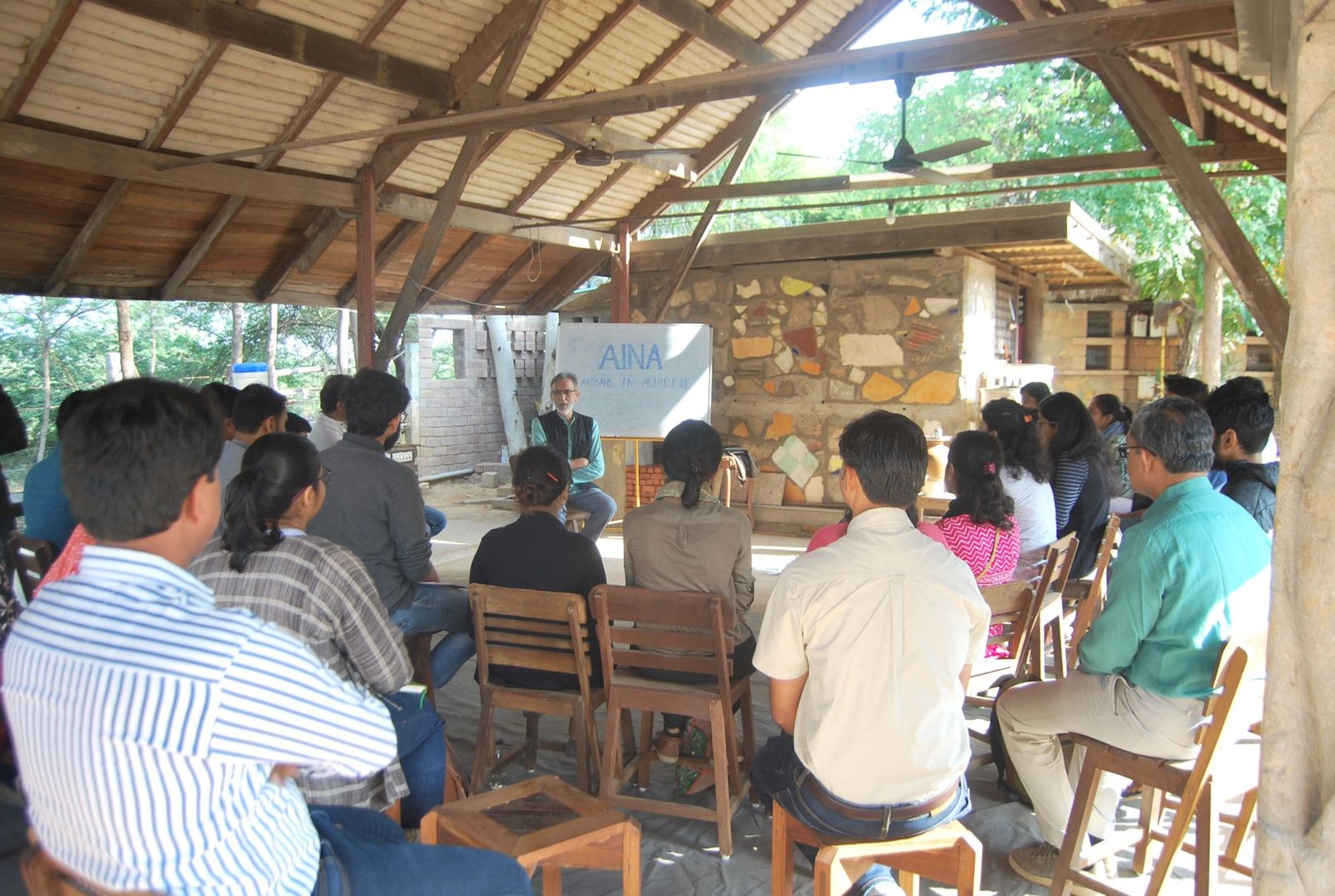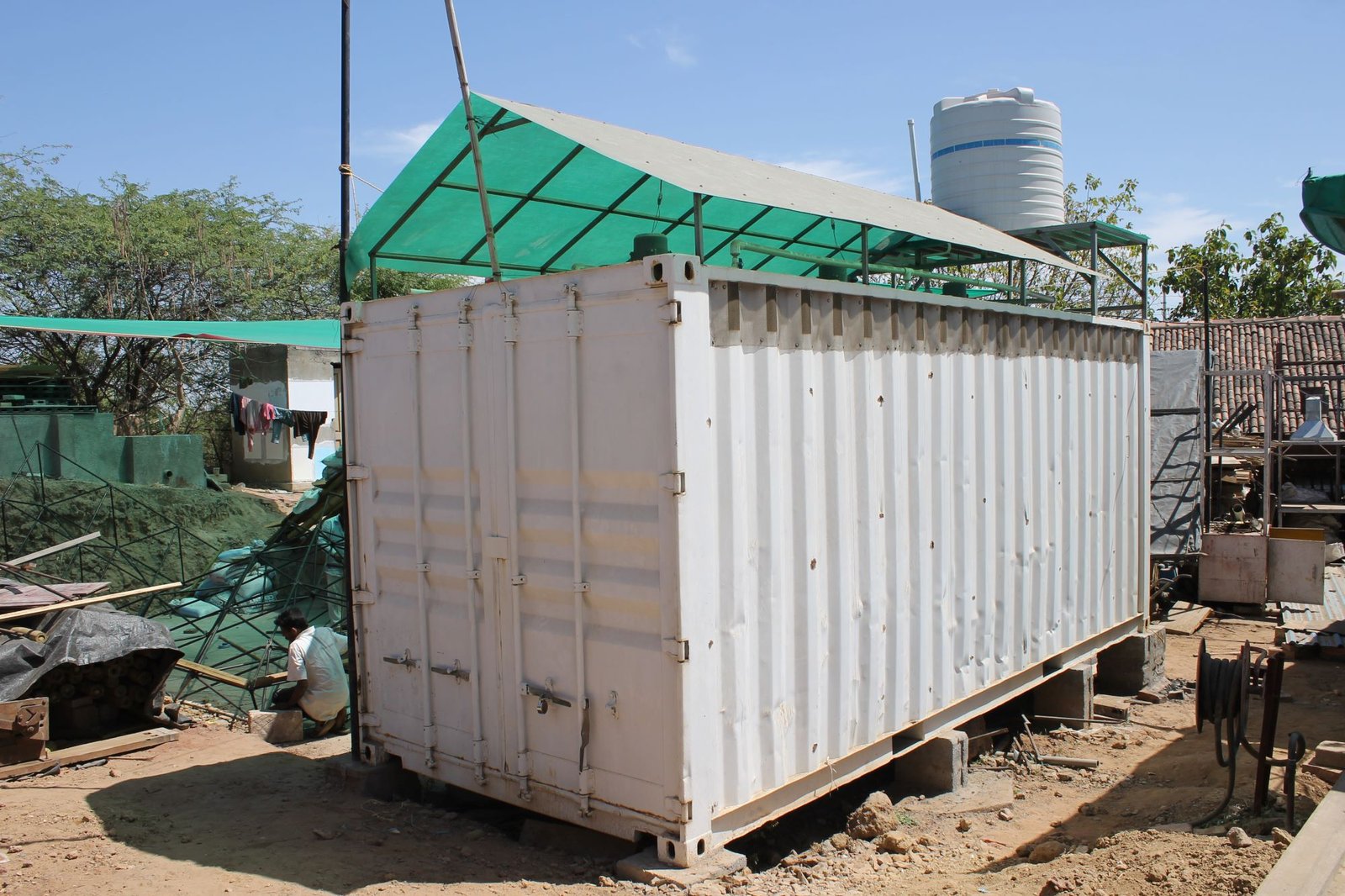
Introduction
Rajiv Awas Yojana (RAY) is a housing scheme launched under JNNURM with the mission to make India slum-free by 2022. The programme aims to provide appropriate housing to slum dwellers and address the root causes of slum creation. The government has allocated a budget of 32,230 crores for RAY in the 12th Five years plan, to cover about 1 million beneficiaries.
Project
The Detailed Project Report for the redevelopment of three slums was prepared by Hunnarshala and approved by BMTPC. Hunnarshala Foundation has been appointed as the Project Management Agency for implementing RAY in three slums in Bhuj, Gujarat, by Bhuj Nagar Palika. A total of 314 houses will be built in the slums – Bhim Rao-1 Nagar, Ramdev Nagar, and GIDC relocation site.
Guiding Principles
- Minimum Relocation: The policy prioritises in-situ redevelopment and upgradation.
- Retention of Permanent houses: Houses within the RAY Guideline will be retained; the occupants will receive tenure rights for 65 sq. M. of land, provided they retrofit their houses for disaster safety.
- Building Restrictions: Considering BhADA (Bhuj Area Development Authority) by-laws (it doesn’t allow construction of more than two-storied structures) and the livelihood needs, individual houses and land tenure were deemed the most suitable solution for slums in Bhuj.
- Housing: Each house will be built on a 65 sq. m plot, accommodating most existing dwelling sizes and potentially incorporating livelihood activities.
- Decentralised services: Essential services like water, wastewater, and solid waste disposal will be decentralised within the redeveloped areas for improved accessibility.
- Community spaces: Public spaces for services like Anganwadi (childcare centres), livelihood creation, and religious needs will be integrated into the redevelopment plan.
- Sustainable future: Land freed up from slum redevelopment will be used to develop a Migrant Housing System with rain baseras, rental housing, and affordable housing stock.

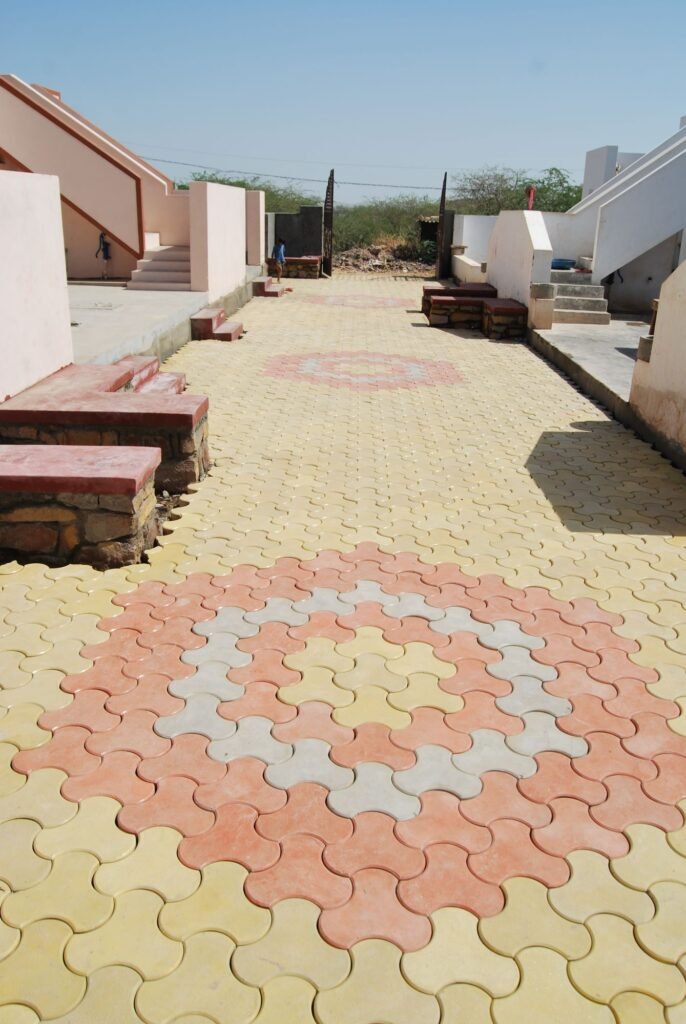

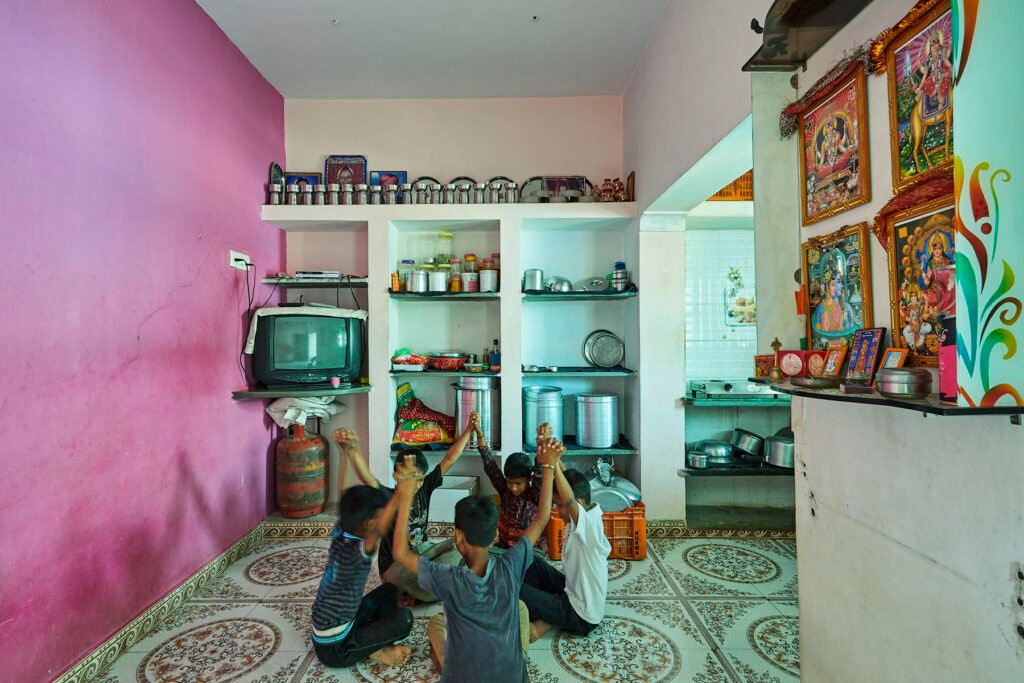

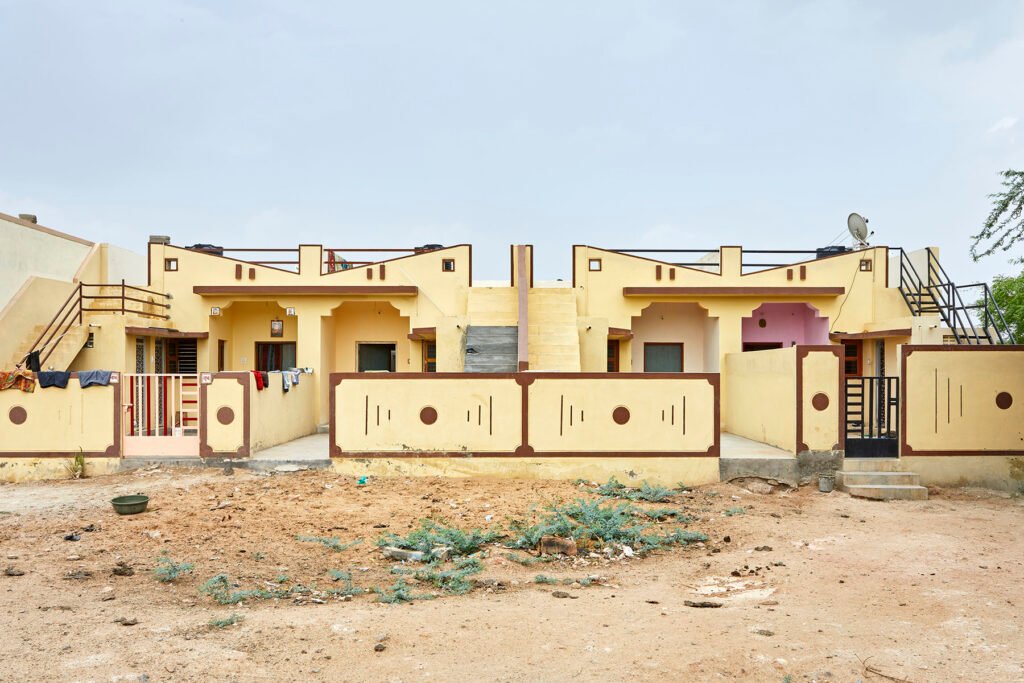
Design
- Traditional Housing Typology: The design is based on traditional housing typology, which offers several advantages:
- Ventilates the house and provides light on all floors and lofts.
- Small frontage reduces service costs.
- Debris Wall Construction Technology: Utilises waste materials, addressing urban waste problems, and providing a low-cost construction solution.
- Dual Plumbing: Segregates black water from grey water, facilitating decentralised wastewater treatment. Grey water will be used to irrigate green areas in the settlement.
- Solar-powered streetlights will be installed.
- Rainwater Recharge: Provision will be made for rainwater recharge within the settlements.
- RO Plant will be installed to make safe drinking water available.
- Traffic Separation: Settlement design will separate pedestrian and vehicular traffic, promoting safe and natural movement through the area.
Implementation
- Slum dwellers were organised into a Slum Sabha, and an executive committee (Slum Committee) was formed with equal participation from women.
- The list of beneficiaries was ratified by both the Slum Committee and the Slum Sabha.
- Design exercises were conducted with individual slum dwellers and groups to develop appropriate designs. Separate sessions were held with women to understand their perspectives.
- Prepared designs for the dwelling units and settlement plans were presented to and approved by the Slum Sabha.
- Beneficiaries were educated about the costs associated with their design preferences.
- Individual beneficiaries will receive money in their bank accounts and will be responsible for building their own houses.
- Slum Sabhas will be registered as Resident Welfare Associations. They will implement infrastructure in the settlement and receive a 4% O&M fund at the project’s end, responsible for infrastructure upkeep.
- The implementation process will be facilitated by Slum Facilitation Centres.




